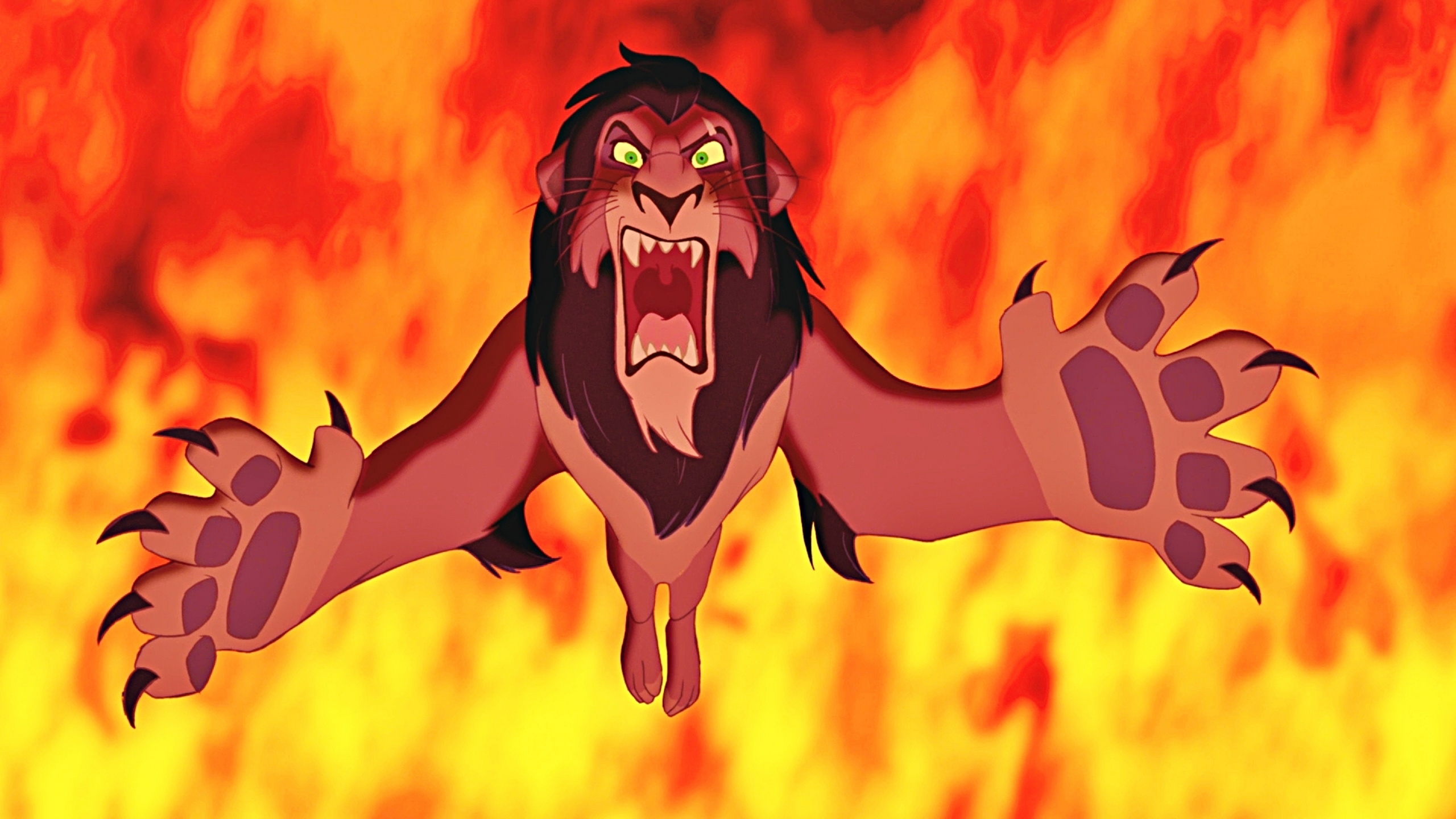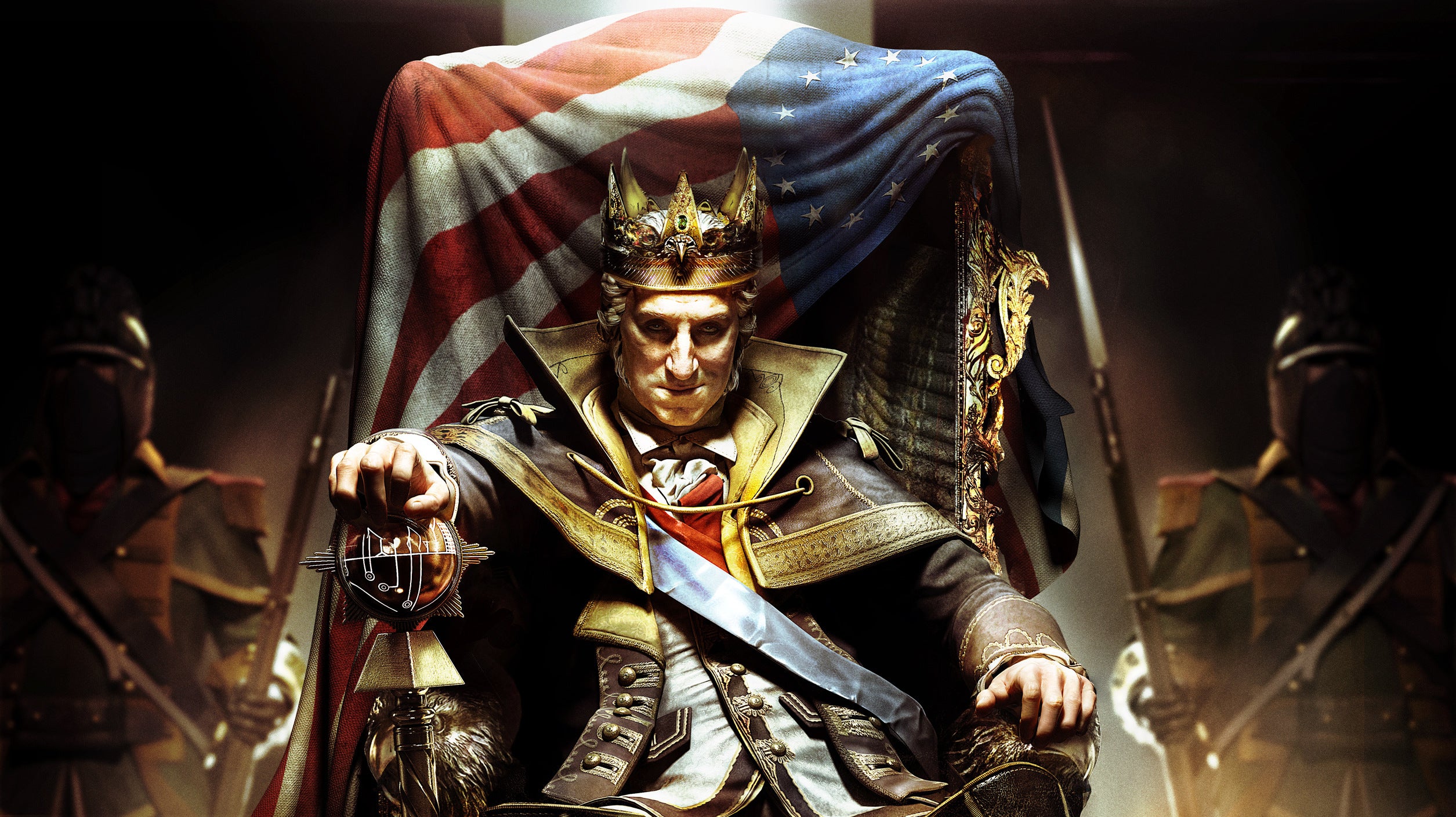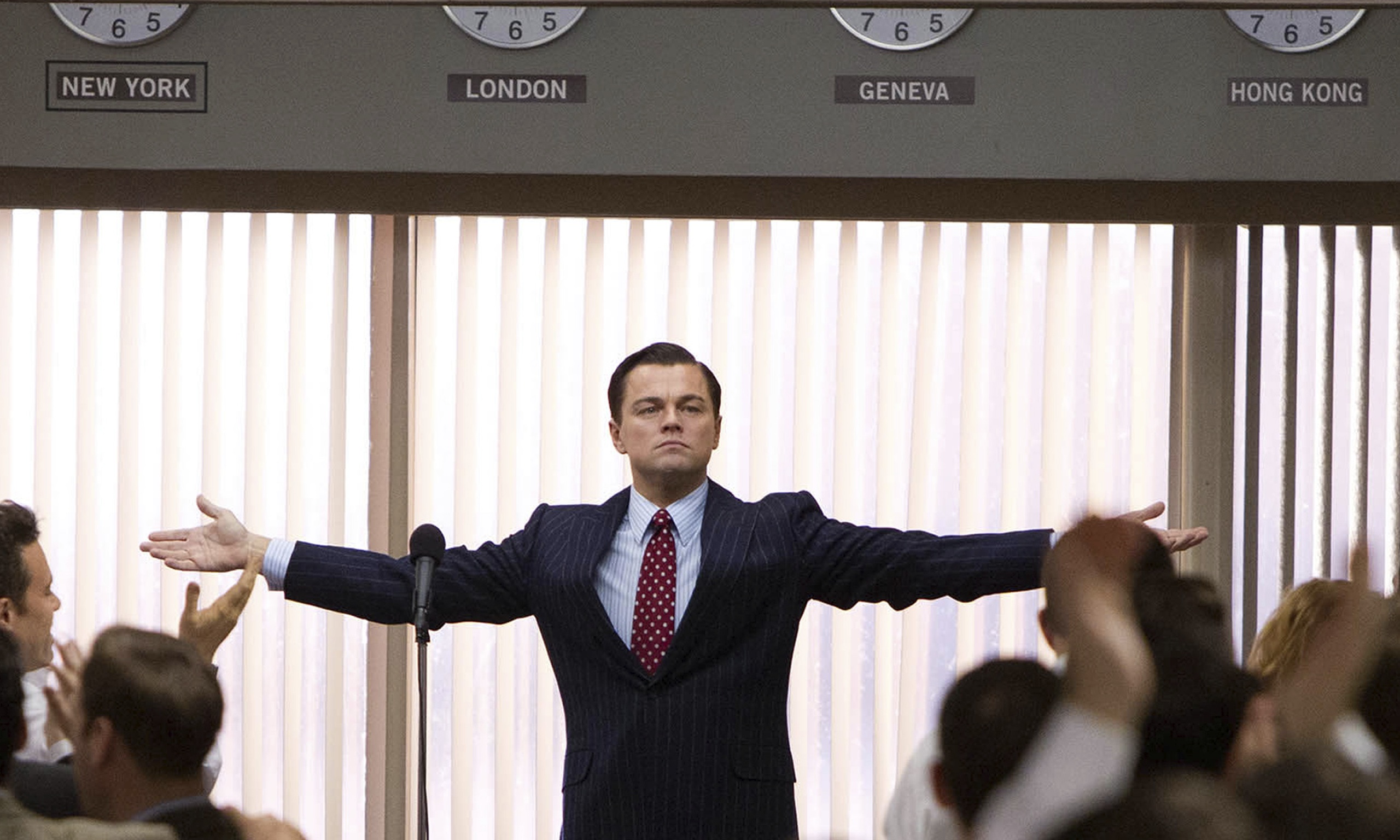- Born in 1895 he attended saint petersburg university 1923-18,he taught Russian and German in his secondary school and became a college german teacher
- he published “Morphology of the Folktale" in 1928
- He came up with a Narrative structure derived from Folktale which can be Brocken into 31 functions
- He also came up with the 8 character types that make up a narrative
31 Functions
- ABSENTATION: A member of a family leaves the security of the home environment. This may be the hero or some other member of the family that the hero will later need to rescue. This division of the cohesive family injects initial tension into the storyline. The hero may also be introduced here, often being shown as an ordinary person.
- INTERDICTION: An interdiction is addressed to the hero ('don't go there', 'don't do this'). The hero is warned against some action (given an 'interdiction').
- VIOLATION of INTERDICTION. The interdiction is violated (villain enters the tale). This generally proves to be a bad move and the villain enters the story, although not necessarily confronting the hero. Perhaps they are just a lurking presence or perhaps they attack the family whilst the hero is away.
- RECONNAISSANCE: The villain makes an attempt at reconnaissance (either villain tries to find the children/jewels etc.; or intended victim questions the villain). The villain (often in disguise) makes an active attempt at seeking information, for example searching for something valuable or trying to actively capture someone. They may speak with a member of the family who innocently divulges information. They may also seek to meet the hero, perhaps knowing already the hero is special in some way.
- DELIVERY: The villain gains information about the victim. The villain's seeking now pays off and he or she now acquires some form of information, often about the hero or victim. Other information can be gained, for example about a map or treasure location.
- TRICKERY: The villain attempts to deceive the victim to take possession of victim or victim's belongings (trickery; villain disguised, tries to win confidence of victim). The villain now presses further, often using the information gained in seeking to deceive the hero or victim in some way, perhaps appearing in disguise. This may include capture of the victim, getting the hero to give the villain something or persuading them that the villain is actually a friend and thereby gaining collaboration.
- COMPLICITY: Victim taken in by deception, unwittingly helping the enemy. The trickery of the villain now works and the hero or victim naively acts in a way that helps the villain. This may range from providing the villain with something (perhaps a map or magical weapon) to actively working against good people (perhaps the villain has persuaded the hero that these other people are actually bad).
- VILLAINY or LACK: Villain causes harm/injury to family member (by abduction, theft of magical agent, spoiling crops, plunders in other forms, causes a disappearance, expels someone, casts spell on someone, substitutes child etc., commits murder, imprisons/detains someone, threatens forced marriage, provides nightly torments); Alternatively, a member of family lacks something or desires something (magical potion etc.). There are two options for this function, either or both of which may appear in the story. In the first option, the villain causes some kind of harm, for example carrying away a victim or the desired magical object (which must be then be retrieved). In the second option, a sense of lack is identified, for example in the hero's family or within a community, whereby something is identified as lost or something becomes desirable for some reason, for example a magical object that will save people in some way.
- MEDIATION: Misfortune or lack is made known, (hero is dispatched, hears call for help etc./ alternative is that victimized hero is sent away, freed from imprisonment). The hero now discovers the act of villainy or lack, perhaps finding their family or community devastated or caught up in a state of anguish and woe.
- BEGINNING COUNTER-ACTION: Seeker agrees to, or decides upon counter-action. The hero now decides to act in a way that will resolve the lack, for example finding a needed magical item, rescuing those who are captured or otherwise defeating the villain. This is a defining moment for the hero as this is the decision that sets the course of future actions and by which a previously ordinary person takes on the mantle of heroism.
- DEPARTURE: Hero leaves home;
- FIRST FUNCTION OF THE DONOR: Hero is tested, interrogated, attacked etc., preparing the way for his/her receiving of a magical agent or helper (donor);
- HERO'S REACTION: Hero reacts to actions of future donor (withstands/fails the test, frees captive, reconciles disputants, performs service, uses adversary's powers against him);
- RECEIPT OF A MAGICAL AGENT: Hero acquires use of a magical agent (directly transferred, located, purchased, prepared, spontaneously appears, eaten/drunk, help offered by other characters);
- GUIDANCE: Hero is transferred, delivered or led to whereabouts of an object of the search;
- STRUGGLE: Hero and villain join in direct combat;
- BRANDING: Hero is branded (wounded/marked, receives ring or scarf);
- VICTORY: Villain is defeated (killed in combat, defeated in contest, killed while asleep, banished);
- LIQUIDATION: Initial misfortune or lack is resolved (object of search distributed, spell broken, slain person revived, captive freed);
- RETURN: Hero returns;
- PURSUIT: Hero is pursued (pursuer tries to kill, eat, undermine the hero);
- RESCUE: Hero is rescued from pursuit (obstacles delay pursuer, hero hides or is hidden, hero transforms unrecognisably, hero saved from attempt on his/her life);
- UNRECOGNIZED ARRIVAL: Hero unrecognized, arrives home or in another country;
- UNFOUNDED CLAIMS: False hero presents unfounded claims;
- DIFFICULT TASK: Difficult task proposed to the hero (trial by ordeal, riddles, test of strength/endurance, other tasks);
- SOLUTION: Task is resolved;
- RECOGNITION: Hero is recognized (by mark, brand, or thing given to him/her);
- EXPOSURE: False hero or villain is exposed;
- TRANSFIGURATION: Hero is given a new appearance (is made whole, handsome, new garments etc.);
- PUNISHMENT: Villain is punished;
- WEDDING: Hero marries and ascends the throne (is rewarded/promoted).
The Villain
- The Villain struggles against hero.The villain is typically shown as being morally bad.This turns audience against him and drives them to support the hero.the villains lack of moral serves to highlight goodness of the hero
The Hero
- The Hero leads the narrative and often the story is his own.Usually we want this person to succeed in the story
The Princess/Prize
- The Princess take two forms,he/she may be object which is deliberately sought out by hero,perhaps finding where the villain has taken him/her.secondly,she may be the reward,such that after completing some other mission,they gain his/her affections hand in marriage
- They may have allot or no relevance to the story,they may accompany hero on journey
The Donor
- The Donor is a person who gives the Hero something special,such as a magical weapon or some particularly wisdom,a clue or special power.This gift enables the Hero to complete their quest
- This role may be combined with that of a helper.The donor may not give up their gift without setting the hero another task,from a simple riddle to another
The Helper
- The Hero is supported in his or her quest by a helper,who appears at critical moments to provide support
- the helper may also be found in a support role,helping the hero throughout the story
- the limitations of the helper often highlight characteristics of the hero such as intelligence,determination and courage
The Princesses Father
- The Princess’Father gives task to hero
- The Princess Father is a key figure for Hero to persuade,as the father is almost always always protective of his daughter.The father may also be in competition in some way with the Hero for Princess’s and triangle may form
- Propp noted that functionally,the princess and the father can not be clearly distinguished
The False Hero
- the false Hero appears to act heroically and may even initially be mistaken for the real Hero
- The false Hero will try to steal the Hero thunder,grabbing the credit and perhaps trying to marry the princess instead
- The false Hero may also gain the respect or other control of princess’s Father,thus frustrating the Hero’s ability to gain the hand of the princess
The Dispatcher
- An early role in the story is that of the Dispatcher who sends the Hero on the mission.This may be family member such as a mother or father
- It can be the Princess’s Father,who gives the Hero a set of quests to be completed before he gains the hand of the Princess
- The Dispatcher may also be combined with another role,for example the false hero who when trails along behind
The Rouge Hero
- A main character that does not follow the rules of being a hero however the narrative is centred around him/her
- this is not one of Propp’s ideas
http://upload.wikimedia.org/wikipedia/commons/d/d8/Vladimir_Propp_(1928_year).jpg
http://www.hdwallpapers.in/walls/big_hero_6-wide.jpg
http://www.hdwallpapersos.com/wp-content/uploads/2014/07/beautiful-princess-222580.jpg
http://i.kinja-img.com/gawker-media/image/upload/s--e509jb4D--/18114rbpvv342jpg.jpg
http://media.independent.com/img/photos/2012/04/18/Warren_Butler.jpg
https://dysonology.files.wordpress.com/2013/04/james-franco-alien-spring-breakers.jpg
http://www.thestyleking.com/wp-content/uploads/2011/09/Benedict.jpg
http://static.guim.co.uk/sys-images/Guardian/About/General/2014/1/15/1389807647539/The-Wolf-of-Wall-Street-014.jpg
www.Wikipedia.com
http://i.kinja-img.com/gawker-media/image/upload/s--e509jb4D--/18114rbpvv342jpg.jpg
http://media.independent.com/img/photos/2012/04/18/Warren_Butler.jpg
https://dysonology.files.wordpress.com/2013/04/james-franco-alien-spring-breakers.jpg
http://www.thestyleking.com/wp-content/uploads/2011/09/Benedict.jpg
http://static.guim.co.uk/sys-images/Guardian/About/General/2014/1/15/1389807647539/The-Wolf-of-Wall-Street-014.jpg
www.Wikipedia.com
.jpg)









No comments:
Post a Comment